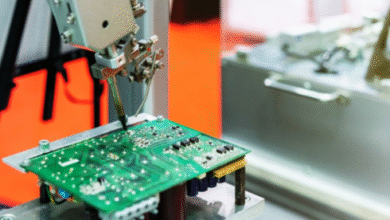The Future of Workspaces: Adapting Office Environments for the Modern Era

The concept of workspaces has evolved significantly over the years, and the modern era brings with it new challenges and opportunities for how we design and utilize office environments. As technology advances, remote work becomes more prevalent, and employee expectations shift, businesses must rethink and adapt their office spaces to remain relevant and effective. In this article, we’ll explore the future of workspaces and the strategies businesses are employing to create innovative and accommodating office environments.
Flexible Workspaces for Diverse Needs
The rise of remote work and flexible schedules has emphasized the need for adaptable workspaces. Offices are transforming from static, cubicle-filled layouts to dynamic, flexible environments that cater to a variety of work styles. This includes open collaboration spaces, quiet zones for focused work, and areas for relaxation and social interaction.
Technology Integration and Connectivity
Technology is at the core of modern workspaces. Offices are equipped with high-speed internet, video conferencing capabilities, and smart devices that enhance productivity and collaboration. The Internet of Things (IoT) is enabling everything from automated lighting and climate control to personalized desk preferences based on individual work habits.
Wellness and Employee Well-Being
The well-being of employees is now a priority in office design. Businesses are incorporating elements such as ergonomic furniture, natural lighting, and green spaces to create healthier and more pleasant work environments. Well-being initiatives, from meditation rooms to fitness facilities, are becoming integral parts of the modern office.
Hybrid Work Models
The future of workspaces includes a hybrid model where employees split their time between remote work and office attendance. This model calls for spaces that seamlessly transition between in-person and virtual collaboration. The focus is on creating an environment that fosters a sense of community and belonging while accommodating remote team members.
Data-Driven Design and Utilization
Data analytics play a crucial role in shaping the future of workspaces. Businesses are using occupancy sensors, heat maps, and utilization data to optimize space allocation, identify usage patterns, and make informed decisions about office layouts and amenities.
Conclusion
The future of workspaces is dynamic, innovative, and centered around flexibility, technology integration, employee well-being, and data-driven design. As businesses continue to adapt to changing work patterns and employee expectations, the modern office will serve as a hub for collaboration, innovation, and connection in the new era of work.




